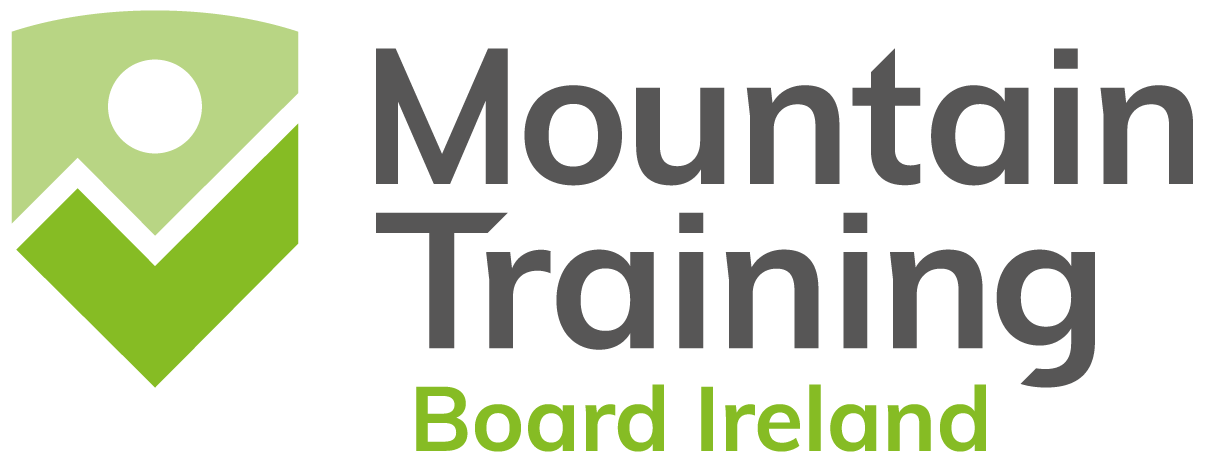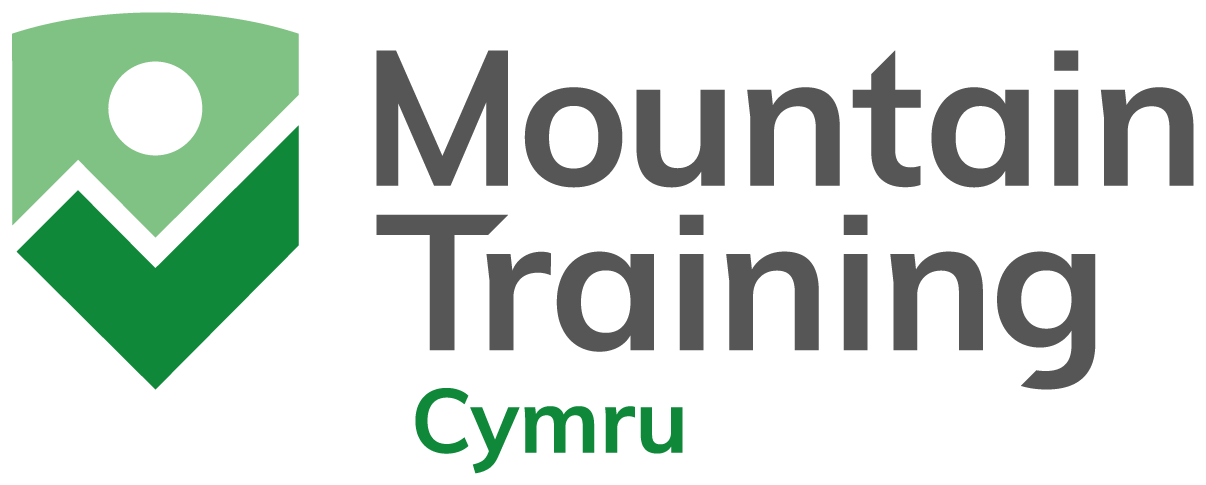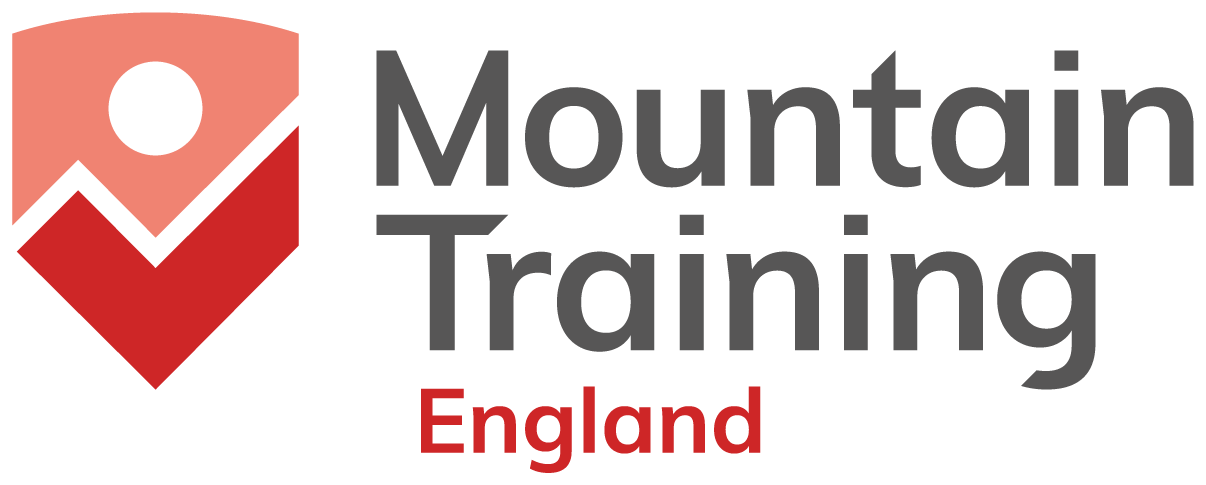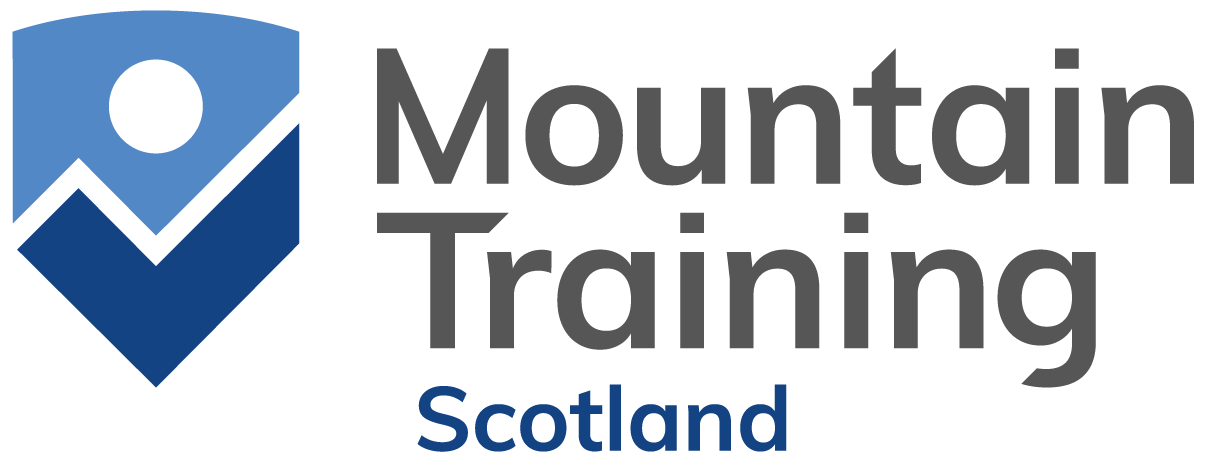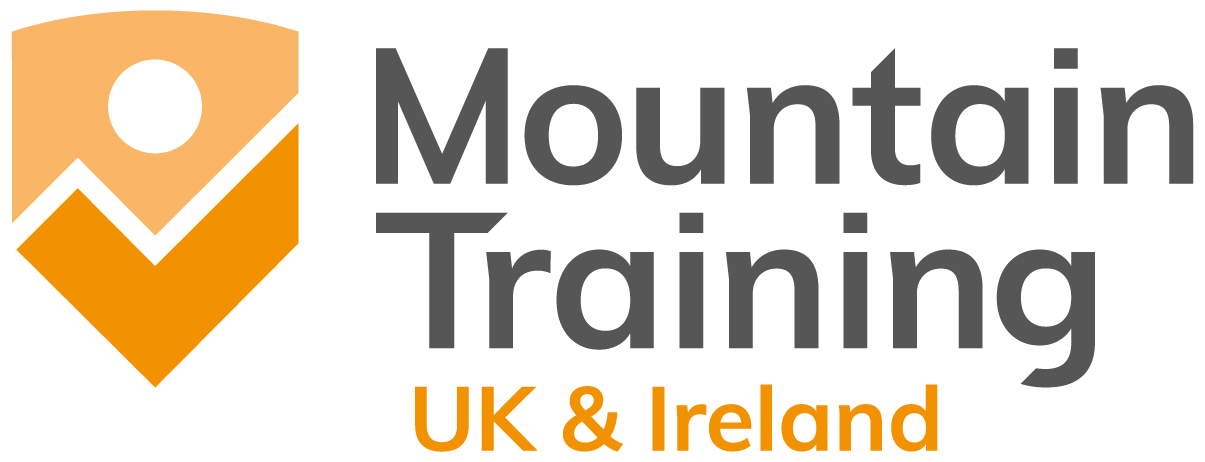Being an effective leader has been central to Mountain Training since our very first qualification in 1964. Since those early days, our range of qualifications has increased and leadership remains an important skill in which candidates are trained and assessed. In recent years there has been widespread recognition across the adventure sport sector that there was a lack of guidance and support relating to how to lead well.
To help our candidates and providers, we have created a clear leadership ethos and practical framework, underpinned by sound research-based theory. Quality person-centred leadership will be trained and this core aspect of leadership will allow more objective assessment to ensure future quality leaders.
Thanks to the work of other awarding bodies, there is now a clear shared leadership approach across the main adventure sport NGB qualifications, with Mountain Training, British Canoeing, British Cycling and Snowsport Scotland all adopting a unified vision of effective leadership in the outdoors.
Structure for success:
Vision, Support, Challenge
An effective leader needs to be able to balance the inspiration and vision of a group and their tasks with appropriate support, without removing the necessary and differentiated challenge that followers need to learn independently.
In practice, specific leadership behaviours are required to achieve this and the identification of these behaviours is a result of academic research. When an individual employs the behaviours effectively, followers can be encouraged to perform beyond their own expectations. This is called transformational leadership and the following positive (INSPIRE) behaviours can be used by leaders to promote the best outcomes for their groups:
Inspire and motivate your followers with a unified vision
Nurture an environment of team-focused goals
Set the example you want to see in your followers
Praise, and give constructive feedback to help your followers develop
Insist on setting high standards, relative to each individual
Recognise and respond to each individual’s needs
Encourage followers to create and implement their own solutions
The behaviours are explained by Dr Samantha McElligot in this short film:
A leader's personal ethos and philosophy influences their preferred behaviours.
This is Mountain Training's ethos:
Learn more:
If you would like to explore our leadership model in more detail, there is a short 30 minute online course that guides you through it and how it can be applied in practice. There are links to further resources and tasks to complete to help you build your own leadership ethos:
- Click to access the Teachable course: https://mountain-training-scotland.teachable.com/p/pathway-to-effective-leadership
- Sign up by clicking the link top-right and creating a Teachable account
- Select the Pathway to Effective Leadership course and scroll down to Enrol
- Complete the modules and print a certificate of completion for your records
